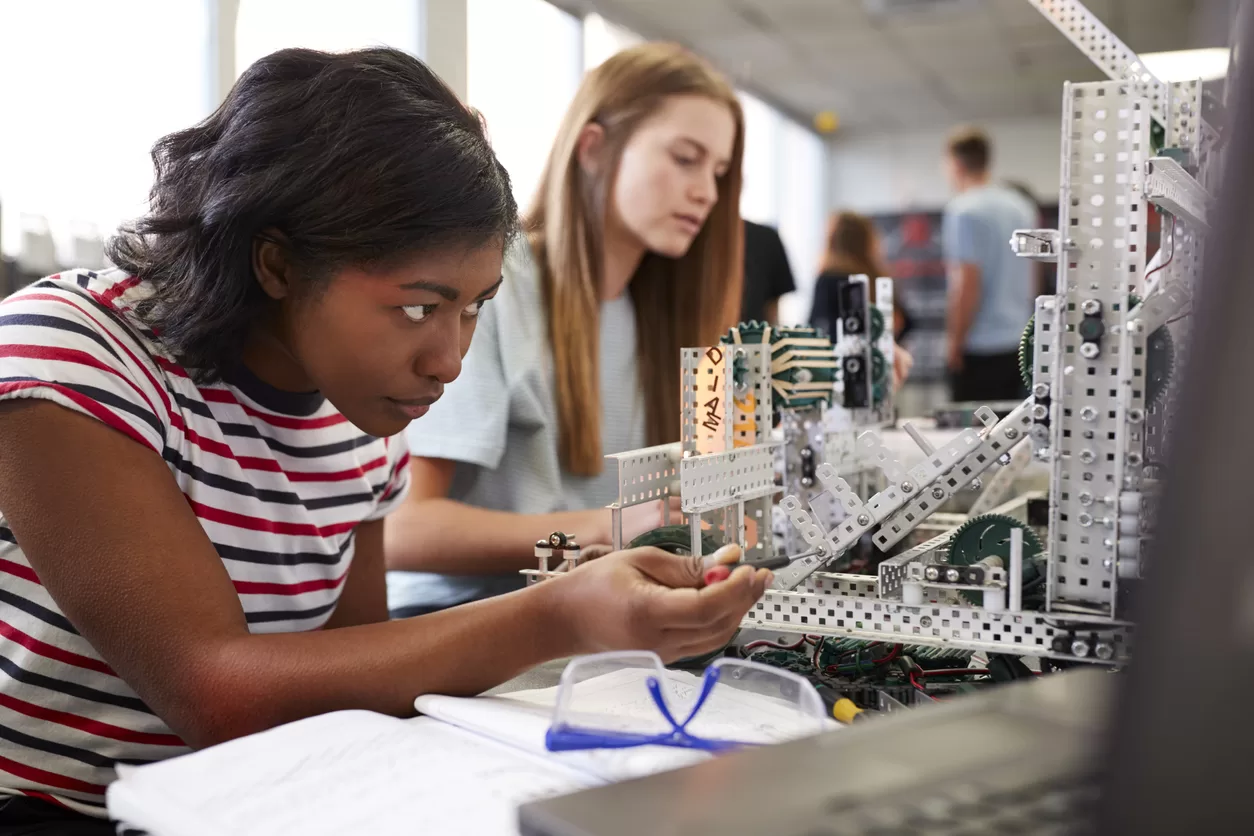
Wondering how your institution can make the most of the latest technological advancements? Discover how technology and higher education are evolving together.
Technological advancements and digital tools have revealed a world of possibilities for higher education institutions.
Whether it’s online learning, virtual reality, massive open online courses (MOOCs), artificial intelligence, or Education 4.0 with its variety of new teaching and learning approaches, higher education has evolved tremendously in the past decade.
This rapid evolution has inspired change in many institutions, with universities leveraging new technologies, exploring innovative teaching approaches, and implementing meaningful change across their operations.
So, what are the critical technological advancements that your institution needs to implement, and how can you make the most of these shifts?
Changing how students learn
In 2018, the International Student Survey (ISS) asked prospective international students what key trends would dominate higher education by the year 2028.
They predicted that most lectures would move online, students would be able to get a qualification from any university regardless of which country they live in, and more people would go to university.
The higher education sector is already seeing many of these trends come to life, and this is particularly apparent when it comes to online learning.
When asked which five factors were most important when assessing a university’s teaching quality, 65% of ISS respondents selected up-to-date technology and 21% chose good online learning options.
Online learning has become an established part of higher education with many institutions offering distance learning options for students who need greater flexibility than traditional learning can provide.
This seems to the driving force behind many technological advancements in teaching and learning, as teachers find new ways to empower and inspire students and students demand more out of their institution.
Some higher education trends that have utilized technology while incorporating powerful teaching tactics are:
- Blended learning: Combining online learning with traditional classroom methods
- Personalized learning: Creating and delivering personalized learning content, often using artificial intelligence
- Games-based learning: Using games to assess and deliver teaching and learning
- Interactive simulations: Using online simulations to asses and deliver teaching and learning
- Immersive learning: Delivering learning experiences through the use of virtual reality headsets
Commonly grouped under the Education 4.0 umbrella, these new teaching and learning approaches are offering innovative and flexible learning environments to students.
To implement meaningful change in your institution, it’s critical that you take this strategic, integrated approach to technological adoption.
Incorporating strong, skills-based teaching with the latest in technological tools will empower your teachers, inspire your students, and ensure your institution remains at the forefront of higher education.
To find out more about how technology is enabling lifelong learning and new ways of delivering education, register now for the QS Best Student Cities conference.



